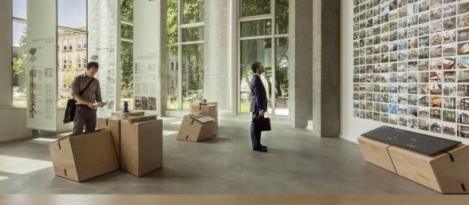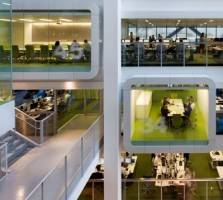May 2, 2015
The latest issue of Insight Weekly is available to view online 0
 In this week’s issue; Mark Eltringham lists the three workplace issues that could influence the general election, Maciej Markowski cites some examples of how companies are using Gamification and Sara Bean reports on a global career success survey which found staff rate happiness and flexibility over performance. In news; the first building to be certificated under the new BREEAM Refurbishment and Fit-Out standard and HSBC’s move to a new landmark building in Birmingham – not abroad – is given speedy assent. A new study warns of a growing number of European employees going rogue with their own digital devices and apps and Gartner urges organisations to draw-up a ‘manifesto’ that of digital best practice. Sign up to the newsletter via the subscription form in the right hand sidebar and follow us on Twitter and join our LinkedIn Group to discuss these and other stories.
In this week’s issue; Mark Eltringham lists the three workplace issues that could influence the general election, Maciej Markowski cites some examples of how companies are using Gamification and Sara Bean reports on a global career success survey which found staff rate happiness and flexibility over performance. In news; the first building to be certificated under the new BREEAM Refurbishment and Fit-Out standard and HSBC’s move to a new landmark building in Birmingham – not abroad – is given speedy assent. A new study warns of a growing number of European employees going rogue with their own digital devices and apps and Gartner urges organisations to draw-up a ‘manifesto’ that of digital best practice. Sign up to the newsletter via the subscription form in the right hand sidebar and follow us on Twitter and join our LinkedIn Group to discuss these and other stories.





























April 28, 2015
Why it’s time for more companies to roll the dice for gamification 0
by Maciej Markowski • Case studies, Comment, Workplace
(more…)